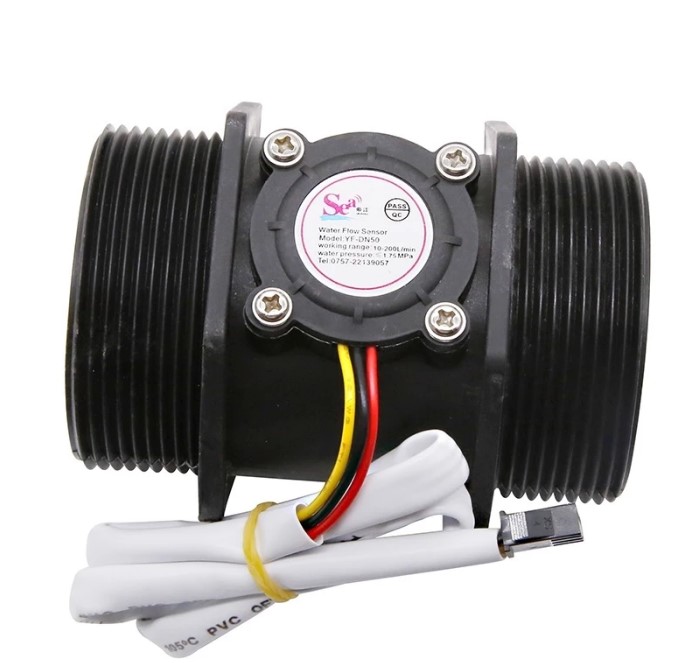As an important component applied in textile printing, petrochemical, metallurgy, pharmaceuticals, electricity, paper-making, fire-fighting and other fields, the flow sensor (often called flow meter) has always been a selling product line in the market. Based on Easybom’s recent inquiry, we have some information about flow sensors you might need.
Flow Sensors in Application
As we all know, except for pressures and temperature, flow measurements and regulations are a link of great significance in automatic production. In the process of industrial production, lots of raw materials, semi-finished products and finished products appear in a fluid state. Therefore, the flow rate of fluid is the key to determine the composition and quality of products, and it is also an important basis for production cost accounting and rational use of energy. In addition, in order to ensure the reliability of fault-free testing and test results in the manufacturing industry, many processes need to keep the inflow and outflow of liquid or gas media consistent.
In general, a flow sensor measure volume or mass of the fluid which can be either liquid or gas. Flow sensors, according to the medium contacted with it, can be roughly divided into two types: non-contact flow sensors and contact flow sensors. The non-contact type is for medium that tends to be contaminated when touching the sensor. And this is just the first move you should take care of in determine what kind of flow sensors is right for you.
Tips on Choosing Flow Sensors
Here Easybom has some other tips help you make your decision.
- In order to ensure the service life and accuracy of the flow sensor, attention should be paid to the anti-vibration requirements of the instrument when selecting the type, especially in the humid and hot areas where normal flow sensors broke down frequently.
- The correct selection of the specification of the instrument is also an important part to ensure the service life and accuracy of the instrument.
- The static pressure of the instrument is the degree of pressure resistance, which should be slightly greater than the working pressure of the tested medium, generally 1.25 times, to ensure that leakage or accidents do not occur. If the selection is small, it is easy to overload and damage the instrument; if it is too large, it will hinder the accuracy of the measurement.
- For the contact instrument installed on the production pipeline for a long time, the energy loss caused by the flow measuring element should also be taken into account. In general, multiple measuring elements with large pressure loss, such as throttle elements, should not be selected in the same production pipeline.
Possible Failure of Flow Sensors during Debugging
Easybom discovered that failure of flow sensors often occur in the state of debugging, of which there are several aspects we should notice.
Installation
Incorrect installation places of the flow sensors often bring , such as installing the sensor on the highest point of the pipe system that is easy to accumulate gas; Or installing the sensor on the top-down vertical pipe, which may empty the fluid.
Environment
Environment also matters a lot. For example, flow sensors may be affected by pipeline stray current, strong electromagnetic wave and magnet field from motors. If that should happen, for interferes caused by pipeline, we could adopt separate grounding protection. While for the strong electromagnetic wave and magnet field, additional isolation methods should be taken.
Medium (Fluid)
Usually bubbles in the fluid wouldn’t bring drawbacks on the signal transmission to the flow sensors. But there are a few occasions where bigger and changing bubbles interrupting the signals. Plus, when it comes to mixed medium, signal may experience some swings if those medium haven’t been mixed fully. Last but not least, composing materials of the electrodes should also call attention to us which may cause chemical reactions and influent the consequence.
To sum up, Easybom strongly suggest that industry participants always stay focused on their own manufacturing requirements and do searches as deeply as possible before adopting flow sensors.
